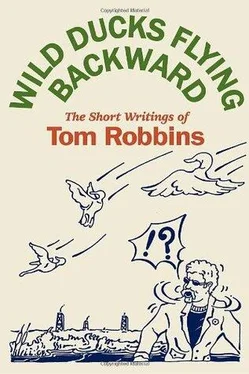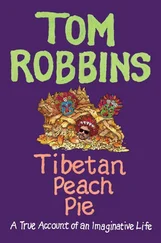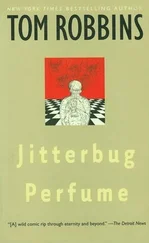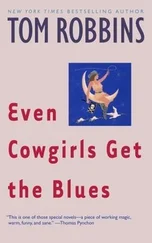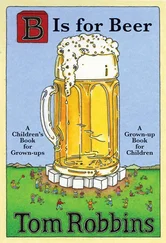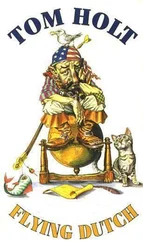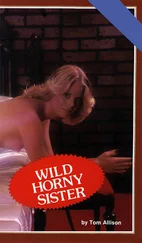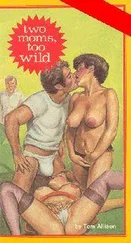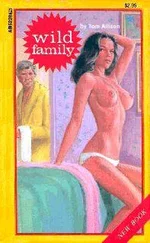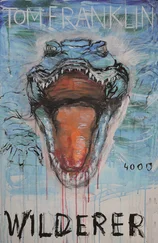Think of the age of Akhenaton in Egypt, the reign of Zoroaster in Persia, the golden ages of Greece and Islam, the several great periods of Chinese culture, and the European Renaissance. Something similar was brewing in America in the years 1964 to 1972.
Maybe it’s sentimental, if not actually stupid, to romanticize the 60’s as an embryonic golden age. Obviously, this fetal age of enlightenment aborted. Nevertheless, while they lasted, the 60’s were extraordinary. Like the Arthurian years at Camelot, they constituted a breakthrough, a fleeting moment of glory, a time when a significant little chunk of earthlings briefly realized their moral potential and flirted with their neurological destiny; a collective spiritual awakening that flared brilliantly until the brutal and mediocre impulses of the species drew tight once again the thick curtains of meathead somnambulism.
There’s something else: I think it need be established, firmly, flatly, and finally, that what we call the 60’s would never have happened had it not been for the introduction of psychedelic drugs into the prevailing American paradigm.
Certainly, there would have been protests, boycotts, and demonstrations, but they would have been only a fraction of the magnitude of those that actually occurred; they would have been far less frequent, widespread, intense, colorful, or effective.
The political and societal juggernaut of the 60’s rolled on wheels of music, and that music owed both its aesthetic and ethical impetus to psychedelics. Eyes and hearts were opened — frequently by way of the ears — to fresh perceptions and utopian possibilities.
It was a dizzy period of transcendence and awareness: transcendence of compromised and obsolete value systems, awareness of the enormity and richness of a previously unsuspected inner reality. Its zeitgeist, despite what you may have heard, was only secondarily political. As much as it’s been emphasized by uncomprehending journalists, the political movements of the time (be they pacifist, feminist, environmental, or racial) were largely the result of fallout from a spiritual explosion.
Now, in 1996 the word “spiritual” is, unfortunately, highly suspect. Yet, the changes in consciousness and in conscience that characterized and energized the 60’s were of a sort that could only be described as oceanic. And they were a direct outgrowth of drug-inspired mysticism.
Thus, I contend that to talk about the 60’s today without talking about, say, psilocybin, marijuana, and LSD, as, except in derisive asides, the media has been doing ad infinitum, is to be guilty of the most dishonest sort of revisionism. Moreover, a panel on the 60’s that ignores or downplays the contribution of psychedelics would be akin to a panel on eggs that ignores or downplays the contribution of hens.
In closing, let me confess that were I granted a single ride in a time machine, I would not choose to be beamed back to 1967. No, as indelibly as that year is branded in the tissue of my memory, as exhilarating as it sometimes is to evoke, I’ve been there, done that, and I’d probably elect to travel instead to Paris during La Belle Époque; or to fifteenth-century Japan, where I might hit the meditation mat, the mountain trails, the sake bars, and the brothels with my idol, Ikkyu Sojun. However, my refusal to cling to my formative years doesn’t mean that I’ll ever sit quietly while clueless hacks, tedious scoldmuffins, and secretly envious kids malign a period of our recent history that towered above all others in shining promise, regardless of the fractures that promise may have suffered when it eventually fell off the ladder.
Introductory remarks at a panel discussion, Northwest Book Fest, 1996. Point No Point, 1996
Afemale circus clown was appearing at a shopping mall recently when a small child in the audience suddenly climbed onto her lap and gazed at her painted face with rapturous recognition. The child’s mother began to weep. “My little boy is autistic,” she explained. “This is the first time he has ever let another human touch him.”
That incident reminded me of the actress Diane Keaton, and not because she sometimes looks as if P. T. Barnum dresses her. In her state of goofy grace, you see, Keaton possesses a kind of reality denied to ordinary beings. A kachina, a wondernik, a jill-o’-lantern, she is such an incandescent link to otherness that we introverts emerge blinking from our hiding holes and beg to have those strange hands touch us.
If she’s some kind of phosphorescent flake, some kooky angel circling the ethers in deep left field; whether she won the eccentricity competition in the Miss California pageant or was actually in Istanbul at the time, none of that matters to those of us who love her. Give us half a chance and we’d lick hot fudge from her fingers, spank her with a ballet slipper, read aloud to her the sacred moon poems of Kalahari bushmen. What’s more, we like the way she dresses.
Fantasies of compatibility aside, however, the fact is, if sex appeal was two grains of rice, Diane Keaton could feed the Chinese army. (No? When was the last time you watched Looking for Mr. Goodbar ?)
Her allure is partly due to the manner in which she combines a saucy bohemian brilliance with an almost disabling vulnerability, partly due to the hormonal aura of baby fat (tender and juicy) that surrounds her even when she is mature and svelte. Mainly, though, it’s because of her smile — a smile that could paint Liberace’s ceiling, butter a blind man’s waffles, and slush the accumulated frosts of Finland Station.
The bonus of this beauteous and beatific bozo is that the older she gets, the sexier she gets. By the time she’s fifty, she may have to wear a squid mask for self-protection.
Esquire, 1987
Kissing is our greatest invention. On the list of great inventions, it ranks higher than the Thermos bottle and the Airstream trailer; higher, even, than room service, possibly because the main reason room service was created was so that people could stay in bed and kiss without going hungry.
The mirror is a marvelous invention, as well, yet its genesis didn’t require a truckload of imagination, the looking glass being merely an extension of pond surface, made portable and refined. Kissing, on the other hand, didn’t imitate nature so much as it restructured it. Kissing molded the face into a brand-new shape, the pucker shape, and then, like some renegade scientist grafting plops of sea urchin onto halves of ripe pink plums, it found a way to fuse the puckers, to meld them and animate them, so that one pucker rubbing against another generates heat, moisture, and a luminous neuro-muscular friction. Thomas Edison, switch off your dim bulb and slink away!
Tradition informs us that kissing, as we know it, was invented by medieval knights for the utilitarian purpose of determining whether their wives had been tapping the mead barrel while the knights were away on Crusades. If history is accurate for once, the kiss began as an osculatory wire tap or oral snoop, a kind of alcoholic chastity belt, after the fact. Form is not always faithful to function, however, and gradually, kissing for kissing’s sake became popular in the courts, spreading (trickle-down ergonomics) to tradesmen, peasants, and serfs. And why not? Transcending class and financial status, completely democratic in its mysterious capacity to deliver cascading pangs of immediate physical and emotional pleasure, kissing proved inherently if irrationally sweet . It was as if that modicum of atavistic sweetness still remaining in civilized western man was funneled into kissing and kissing alone.
Читать дальше
